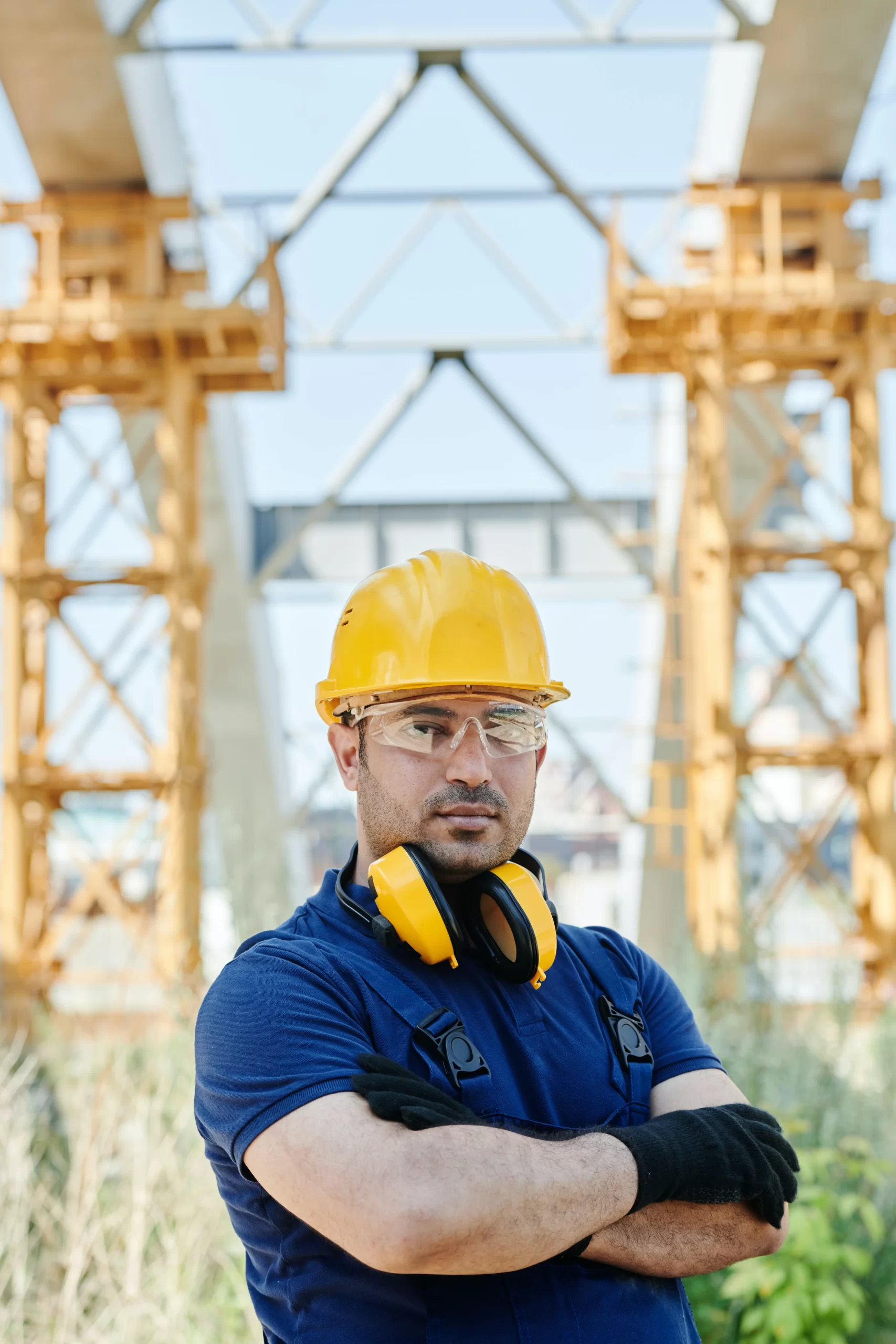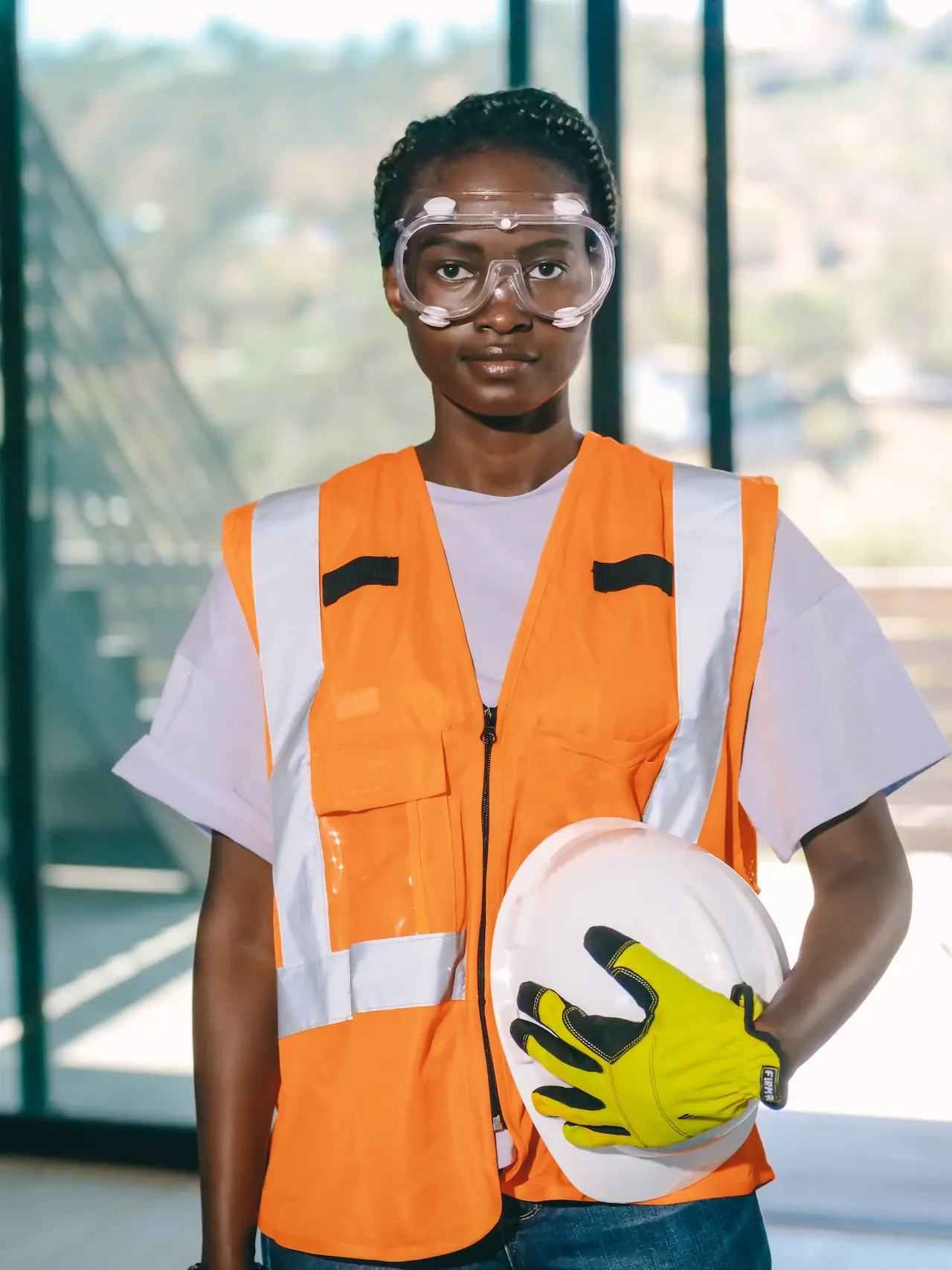Certified Maintenance and Reliability Professional
Certified Maintenance and Reliability Professional Certification Accredited by SMRP is Designed Specifically for, Maintenance, Asset, Operation Professionals to Aspire and Achieve Great success in their relevant career


Course Overview
The Best Practices in Maintenance and Reliability course provides an overview of the key concepts, strategies, and techniques used in the maintenance and reliability field. The course covers topics such as preventive maintenance, condition-based maintenance, root cause analysis, reliability-centered maintenance, asset management, and predictive maintenance. Participants will learn how to develop effective maintenance and reliability strategies, how to identify and mitigate risks, and how to use data analytics tools to optimize asset performance. The course is designed for professionals who work in the maintenance, reliability, and physical asset management fields and want to improve their knowledge and skills in this area.
Key Takeaways
Course Outline
Course Outline
Introduction and Expectations
- Definitions in Maintenance
- Evolution of Maintenance Methodologies (TPM – RCM – LEAN)
- What is SMRP
- Why CMRP
Business Management
- Vision and Mission
- Create a compelling business case
- Tracking and analyzing metrics and KPIs
- Managing change
- Communication
- Regulations and EHS
Manufacturing and Process Reliability
- Maintenance process workflows
- Applying process improvement
- Change management
- Keeping processes updated
Equipment Reliability
- Reliability goals and process expectations
- Evaluating equipment reliability
- Ensuring existing equipment operates
reliably - Ensuring new equipment operates reliably
- Cost-benefit analysis
- Appling reliability strategies
- Adjusting reliability strategies
Leadership and Organization
- Organizational structure
- Measuring and evaluating staff skills
- Roles and responsibilities
- Hiring and training for capabilities
- Building leadership skills
Work Management
- Identify and approve work
- Work prioritization
- Planning work
- Scheduling work
- Executing work
- Documenting work
- Analyzing and following-up on work
- Performance metrics
- Project planning and tracking
- Utilizing information technology
- The storeroom
Who Should Attend?
- Project Administrators
- Staff Members
- Property Managers
- Operation Managers
- Developers
- Architects
- Mechanical Engineers
- Civil and Electrical Engineers
- Building Operating Staff
- Building Product Manufacturers
- Property-related product and service providers.
FAQ
Best practices in maintenance and reliability refer to a set of strategies, processes, and techniques that are widely recognized as effective in achieving optimal performance and efficiency of physical assets.
Examples of best practices in maintenance and reliability include preventive maintenance, condition-based maintenance, root cause analysis, reliability-centered maintenance, asset management, and predictive maintenance.
Best practices in maintenance and reliability are important because they help organizations to reduce downtime, minimize costs, improve safety, and extend the life of their physical assets.
How can organizations implement best practices in maintenance and reliability? A: Organizations can implement best practices in maintenance and reliability by developing a comprehensive strategy that includes setting clear objectives, establishing effective processes, training staff, using data analytics tools, and regularly monitoring and evaluating performance.


